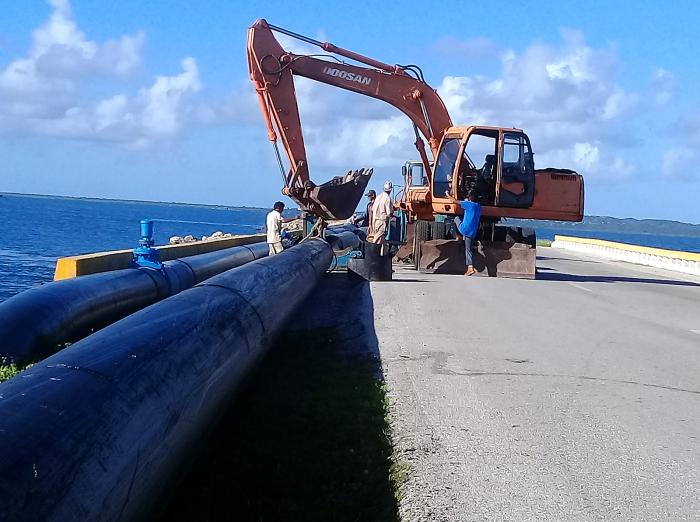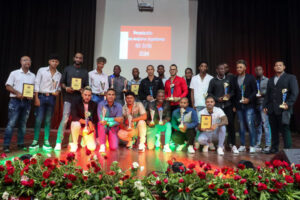Perhaps very few guests and visitors arriving at the Jardines del Rey tourist destination wonder how and from where the water used in all services—including human consumption—reaches this location.
This precious liquid originates in the municipality of Morón, where natural sources such as Patria III and Los Satos continue to face the strategic challenge of meeting the demand of 1,831 users. Of these, 1,665 are residential households in the Turiguanó district, while the rest are state properties or structures: 24 hotels, two villas, and 140 non-hotel facilities.
According to information provided by the Provincial Delegation of the National Institute of Water Resources, the system currently consists of 167.9 kilometres of supply pipelines and networks stretching along the causeway and beyond, plus an additional 48.7 kilometres of sewage collectors and drainage networks.
Many may also be unaware that delivering water efficiently to this tourist hub requires the operation of four pumping stations—two in Cayo Coco, one in Cayo Guillermo, and one in Cayo Romano—each properly equipped with a combined storage capacity of 5,000 cubic metres of water.
Statistics indicate that during the peak tourist season, demand reaches around 200 litres per second.
However, Patria III and Los Satos can supply 140 and 210 litres per second, respectively—a flow rate that could even accommodate future demand from new facilities planned under the territorial development scheme.
The continued growth of tourism in the cays has driven hydraulic infrastructure investments, including the recent rehabilitation of 63.9 kilometres of pipelines, primarily to increase their diameter or upgrade materials.




